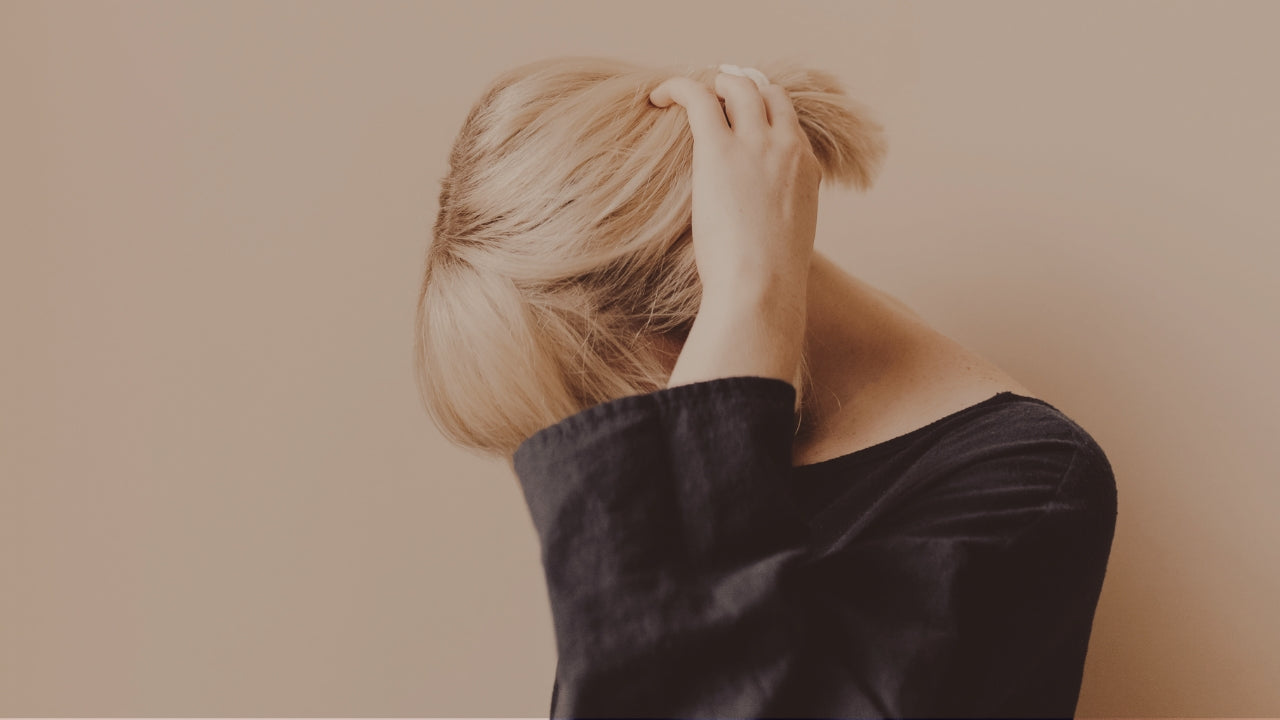
4 passive methods for introverted artists to boost online sales
As an introverted artist, I’m always looking for low-key ways to bring sales to my shop that don’t require me to be “on” all the time in the same way that social media does. I love incorporating methods and processes that work in the background, and don’t require a ton of maintenance.
Here are 4 of my favorite ways to passively bring sales to my shop.
Note: This post may contain affiliate links, meaning I get a commission if you decide to make a purchase through my links, at no cost to you.
There can be a lot of confusion about how to use Pinterest as part of a marketing strategy, but the important thing to keep in mind is that Pinterest is primarily a search engine. It is a highly visual platform which makes it perfect for artists. Its main function is to match up the keywords people are searching for with related Pins. For example, if someone is looking for "pink abstract art," Pinterest will show them pins with pink abstract art. Users can then save their favorites to their boards, which is Pinterest’s version of collections.
It also has some social components like the ability to follow other people’s boards, leave comments on other people’s pins, and send messages, but those functions are completely optional. People will primarily find your pins through their search results.
Pins can be any image or video. To make them stand out in the sea of Pins I like to add a text overlay that includes a couple of the keywords. My favorite way to create pins is with Canva. Canva offers many free and paid customizable pin templates, pre-styled fonts, graphics, videos templates, and more. You can also upload your pin directly within Canva, but I prefer to use Tailwind to batch schedule all my pins during their suggested "optimal times" and use different keywords for each pin.
Also, Shopify integrates with Pinterest and it allows me to upload a "catalog" of my artwork, which I then use for re-targeting ads. Retargeting simply means that it shows my products to people who have either visited my site before or interacted with one of my pins.
I don’t get a ton of sales directly from a Pin, meaning when someone clicks a pin and then proceeds to buy that item immediately. However, when I ask customers how they have heard about me, many say Pinterest. So it’s a great way to introduce new customers to my prints and related products, while also keeping my art top of mind to those who are considering my work.
Email Marketing
I rely on email marketing for about 20% of my shop’s revenue. My preferred app for this is Klaviyo, as it seamlessly integrates with Shopify, automatically importing contacts, Shopify tags, and any other related data. This allows me to generate sales in three ways.
First, I can create an opt-in for new visitors and potential customers. Once someone opts in, they automatically receive a welcome email. This whole process brings a good portion of my sales.
Second, it allows me to send emails to those who have signed up, keeping them informed about what I have going on. I typically send 1-2 emails a month.
Lastly, I've built an abandoned cart sequence, or flow, as they're called in Klaviyo. This helps recapture orders that were abandoned part-way through checkout.
You might be surprised to hear that Google brings a lot of organic traffic to my site and even generates some sales.
First of all, I use SEO (Search Engine Optimization) in all aspects of my online presence, from my product listings to my website's title. By including specific keywords that potential customers might search for, it makes it easier for people to find me.
In addition, I also send my product listings to Google Shopping via Shopify’s Google integration. People who use the Google Shopping tab are in “buy” mode. They are more likely to purchase in the near future.
Google Shopping uses the keywords in your product title and description to determine if it's a good match for what the user is looking for. This is where using SEO strategies in my product listings comes in handy.
I've made direct sales through this channel, not a huge number, but a sale is a sale! I believe this strategy would work even better for artists who sell easily describable artwork, such as landscapes, animals, people, and florals. Since my art is abstract, it's a bit more challenging for people to pinpoint exactly what they're looking for. They can say "blue abstract," for example, but the style of abstract can vary widely. On the other hand, it's easier to come up with keywords for something like a painting of a pink peony.
Offering trade accounts to interior designers
Designers often buy furniture, art, and decor for their clients. Building a network with interior designers is great because they always have new projects. This means they can become repeat buyers of your art. To encourage them to keep buying, you can offer them a trade account.
A trade account gives designers incentives like discounts, free shipping, no sales tax, or access to exclusive items. Honestly, though, a simple discount can work well.
Designers can help bring sales throughout the year, but I've noticed they tend to spend more per order. They usually go for bigger and pricier pieces.
Final thoughts
So there you have it. These are some of the strategies I use in my business to generate sales. I do want to mention that these are what I would consider long-term strategies. If you decide to implement them, just know that it will take time for you to see results. But if you start any of these now, you'll be doing future you a major favor.





Leave a comment
This site is protected by hCaptcha and the hCaptcha Privacy Policy and Terms of Service apply.